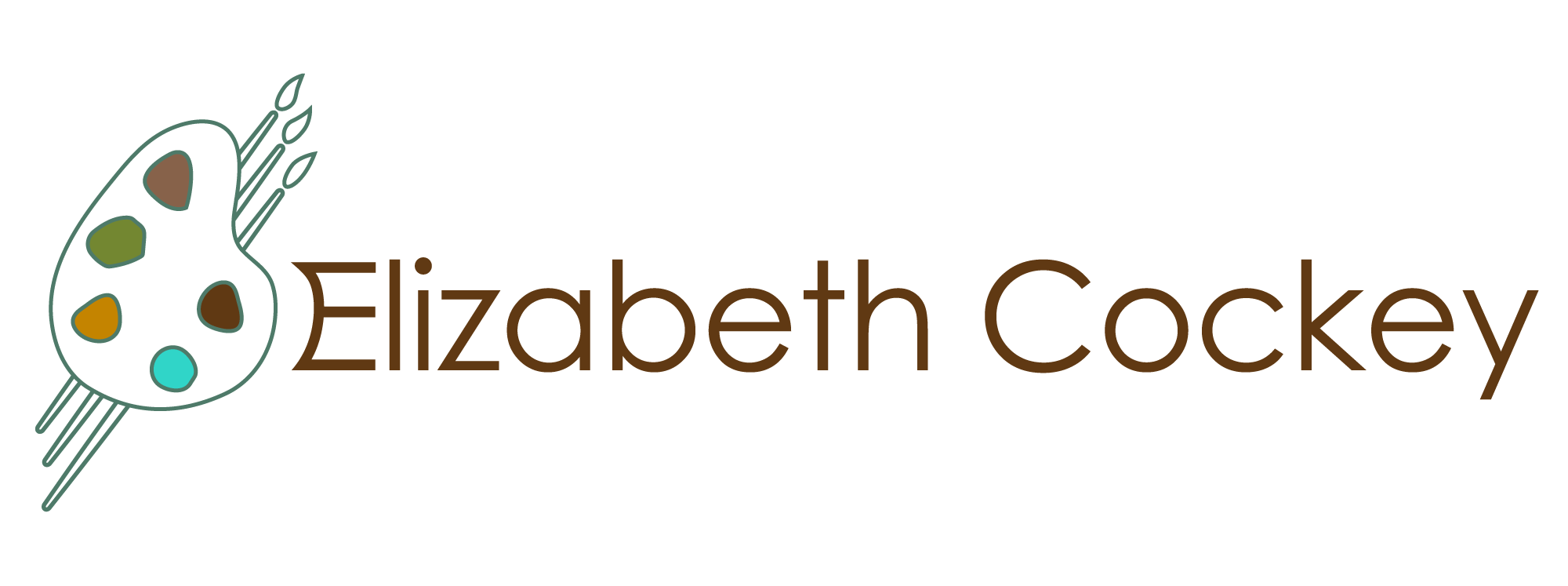Paint-making
Discoveries in Nature
After retiring, Elizabeth continued to teach painting at her home studio. She spent some time as a plein air artist in the beautiful hills of upstate New York. Being outside in a natural setting, such as along the banks of the Battenkill River, she began to collect rocks, dig clay, and gather wild plants in her travels.
She also became fascinated by many of the landscape painters of the mid-19th to 20th centuries, particularly those of the Hudson River School. The palettes they used, and the quality of their renderings, were perfectly suited to the areas where they lived and to the scenes they painted.
Eventually this fascination led her to seek more information about pigments and the process of paint-making with both plants and minerals from the fields and streams. She soon discovered that it was possible to make many fine quality paints for both watercolor and oil painting.
Reconnecting with the Earth
Not only was the process of paint-making possible, but it also began to connect Elizabeth more fully to Mother Earth. The paint-making process was not only from the earth, but it was by the earth, with the earth, and of the earth.
Color-gathering and paint-making are specialized activities in many cultures, but the hyper-specialization of our industrial paints has entirely separated most artists from the natural sources of their craft.
Many pigments contain plant materials and/or minerals. An old broken brick that was sun-cured is easy to grind into powder. Spirulina on the other hand is a blue-green algae that can be purchased in powder form at the health food store. Turmeric is a commonly found spice that makes a wonderful ochre-yellow color.
A thousand generations ago our ancestors ground rocks to use as pigments for drawing and painting on rock wall. Some ancient paintings still exist in the southwestern United States and in Europe and Asia.
Collecting rocks, dirt, clay, and plants has become my favorite pastime. I bring the booty back to my garage and eventually grind all the stuff into powder with a mortar and pestle. In the case of plants, I use an infusion and precipitation process to extract the pigment, but those pigments will also be ground into powder, just the same as minerals, before mixing. I use gum arabic or linseed oil to make the paint, which will become my palette for creating landscapes, botanical drawings, portraits, or informal sketches in my studio.
—Elizabeth Cockey
Sharing the Experience
Today Elizabeth envisions being able to share her wealth of knowledge and experience in the making of paint using earth ochres and plants. The art of making paint from the earth and being able to communicate using ochres and plants can become a holistic healing process.
There is an empathetic logic to the practice of gathering plants and minerals; it’s a wonderful protective support for all living things. I think it is fair to suggest that humans have turned the entire planet earth into a kind of toxic waste site. My goal is to save Mother Earth by introducing others to the process of connecting with her: spending time in the forested hills and gentle streams
—Elizabeth Cockey
